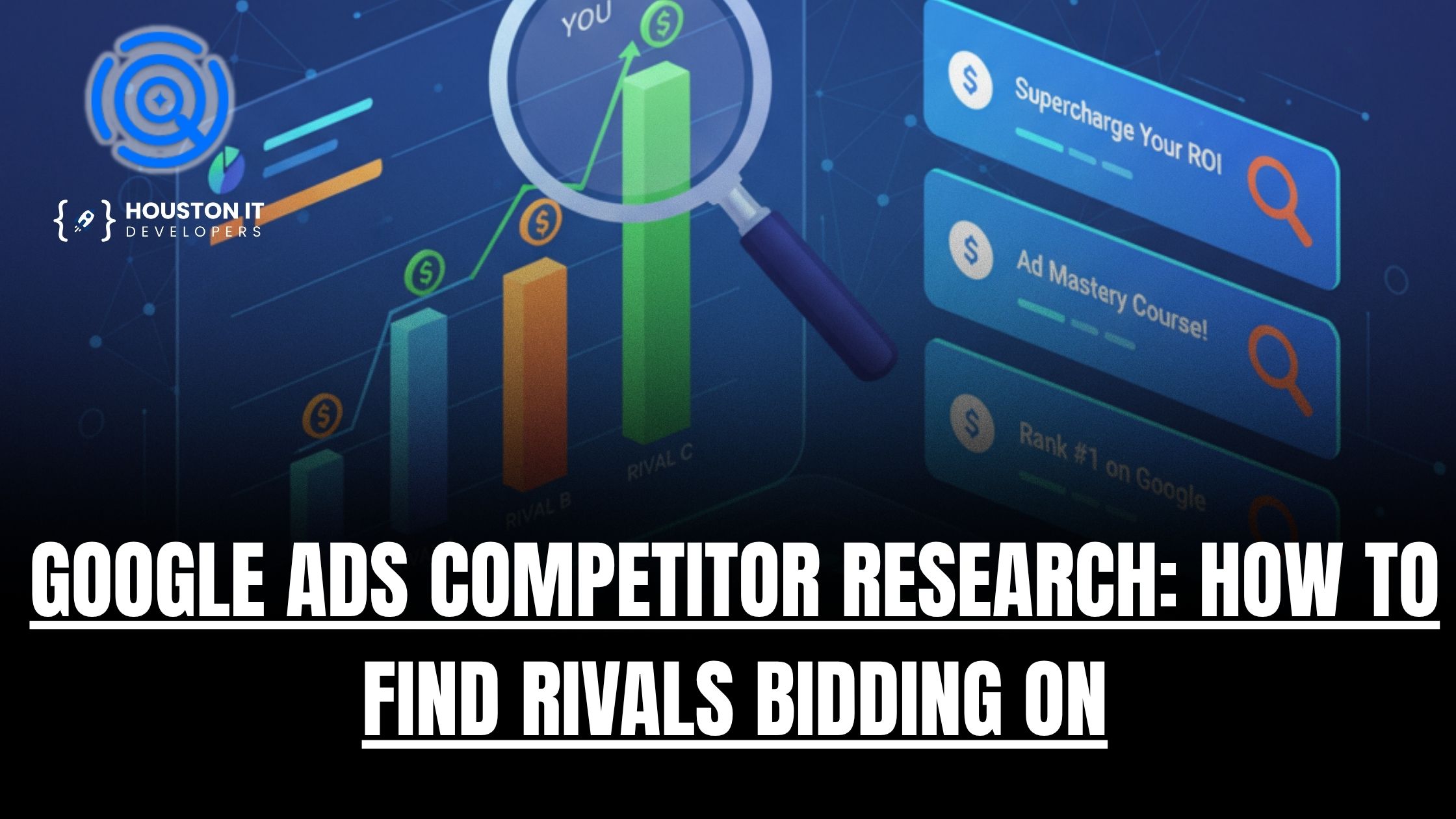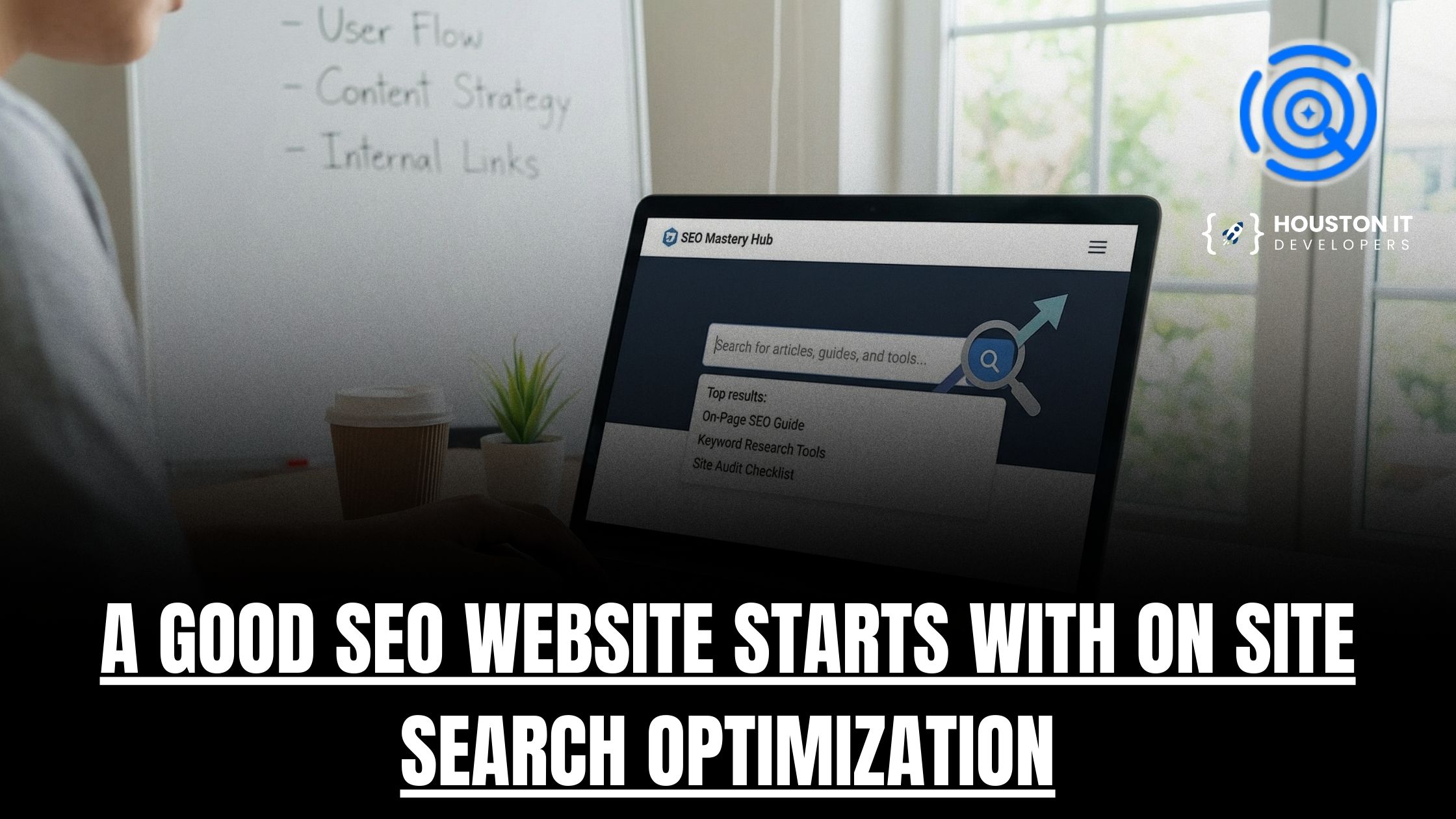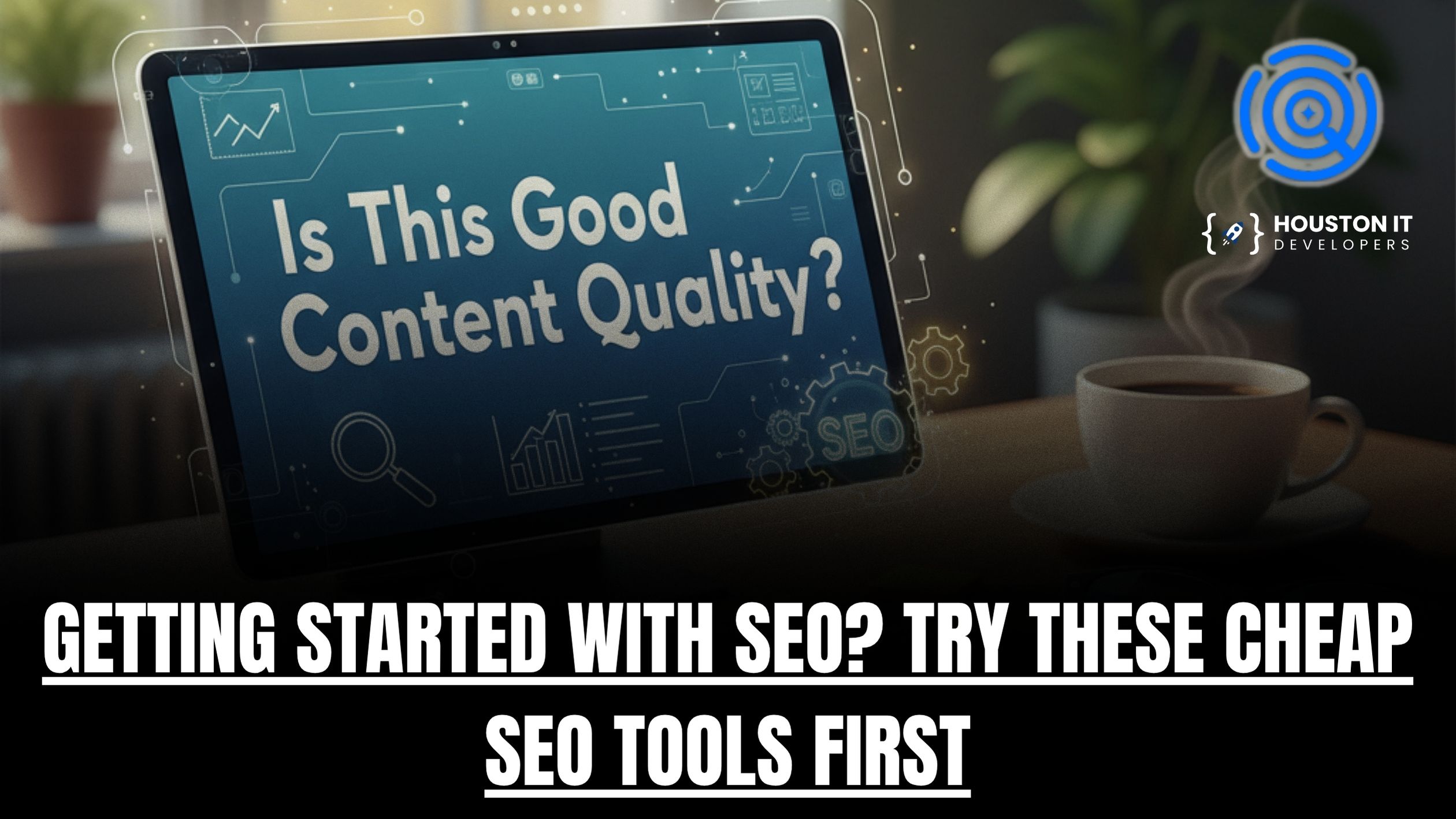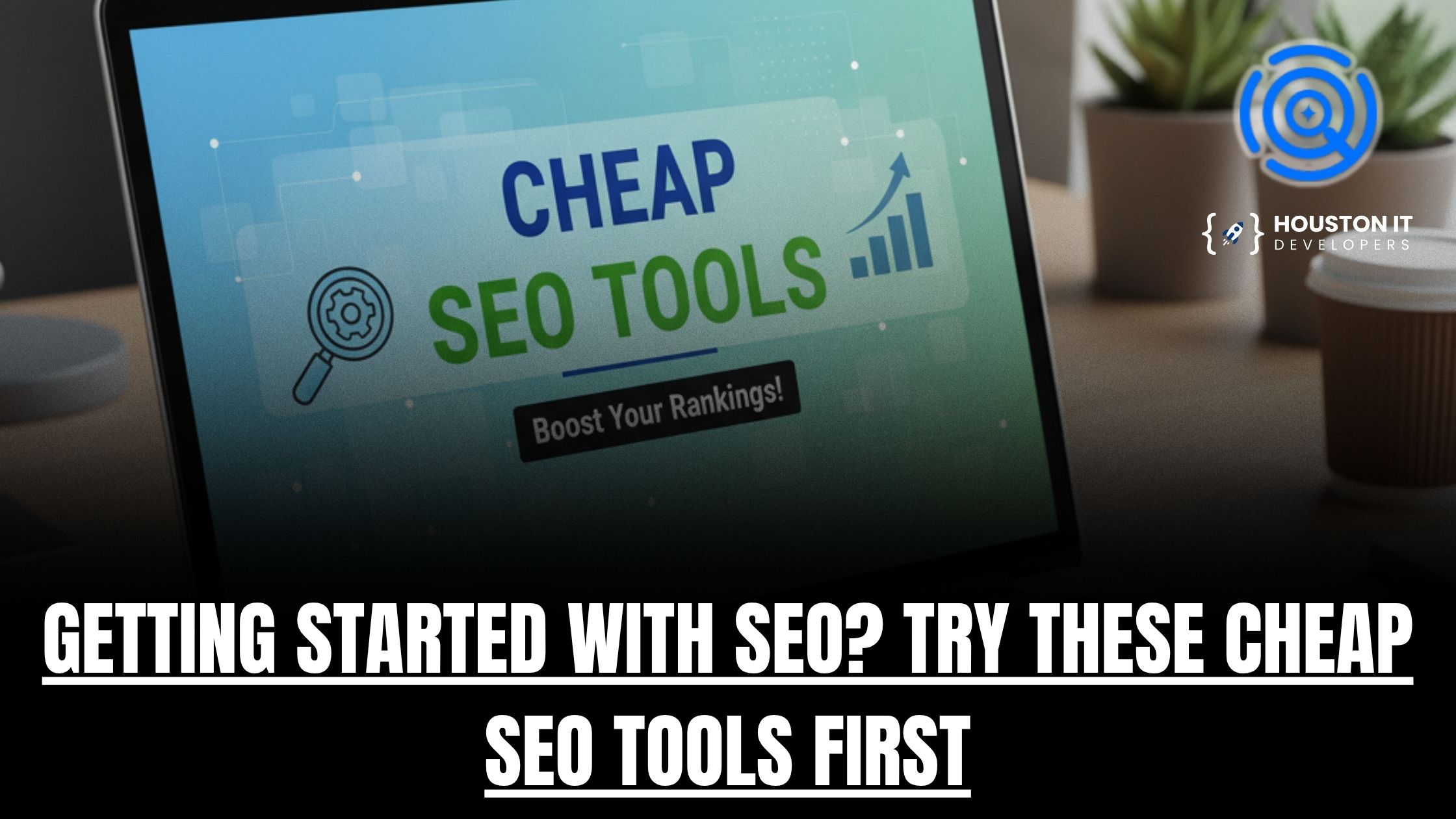Have you ever wondered why your ads cost more but perform less than your competitors’? Google Ads competitor research can reveal the reason. With the average Cost Per Click now sitting around $5.26 and 87% of industries seeing yearly increases, understanding who you’re up against has never been more important.
Many businesses invest heavily in ads without knowing which adword competitor keyword drives real results or how to find competitors’ ads that outperform theirs. Without proper AdWords competitor analysis, you risk spending more for fewer conversions.
In this blog post, you’ll learn how to uncover your rivals’ bidding strategies, analyze their ad performance, and use insights from OnPageSEO.ai to refine your landing pages. You’ll also discover why pairing SEO with paid search helps you lower costs and boost conversions, answering the question many marketers ask today: is SEO worth it?
Why Competitor Research Matters in Google Ads
Google Ads is not just about choosing the right keywords and setting a budget. It operates as a competitive auction system, where advertisers fight for visibility on the same search results page. Every time a user types a query, your ad enters a live auction alongside others targeting that keyword. The winner isn’t always the one with the biggest budget but the one with the smartest strategy. That’s why Google Ads competitor research is essential. It gives you the knowledge to compete strategically rather than blindly.
When you know who your competitors are and how they spend, you can pinpoint the tactics driving their success. Instead of wasting money on ineffective keywords or irrelevant placements, you can use data to refine your campaigns.
Competitor research helps you:
- Identify adword competitor keywords that generate the highest engagement and conversions in your niche
- Benchmark your ad copy, headlines, and offers against top-performing competitors
- Find competitors’ ads that dominate search results and study their tone, call-to-action, and creative structure
- Discover keyword gaps that your rivals overlook but align perfectly with your target audience
- Track pricing trends and bidding intensity to know when to raise or reduce your bids
The real value lies in transforming competitor insights into actionable improvements. AdWords competitor analysis doesn’t just reveal what others are doing. It helps you uncover what you should be doing better. When your campaigns are based on solid data instead of assumptions, every dollar spent goes further. Over time, this approach boosts your Quality Score, increases conversions, and ensures that your ads consistently outperform the competition
Tools to Identify Who’s Bidding on Your Keywords
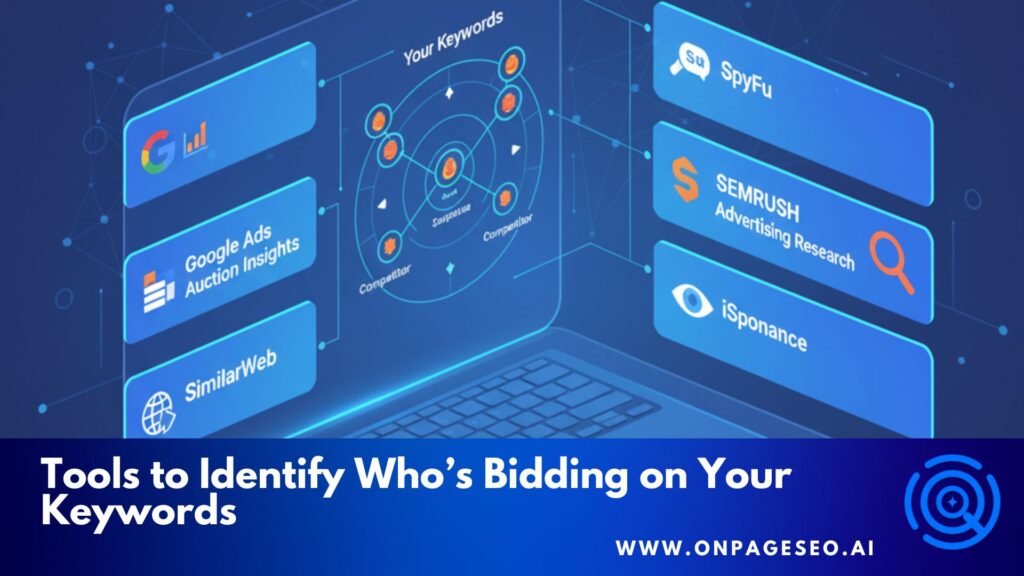
Knowing who is bidding on your target keywords is the first step toward outperforming them. To find competitors’ ads and understand their bidding behavior, you need access to reliable data. The right tools provide insights into keyword overlap, ad spend, and performance metrics that reveal what’s working in your niche.
Conducting effective AdWords competitor analysis means combining data from several platforms to see both the big picture and the fine details behind your rivals’ paid search strategies.
| Tool | Key Features | Best For |
| Google Ads Auction Insights | Displays impression share, overlap rate, and top-of-page percentage from your own ad data | Seeing direct competitors and identifying who outbids you most often |
| SpyFu | Reveals paid keywords, ad history, and estimated ad spend; includes access to ad copies | Deep AdWords competitor analysis and keyword discovery |
| SEMrush Advertising Research | Tracks competitors’ ad copy, landing pages, and historical keyword trends | Monitoring keyword shifts and creative testing over time |
| iSpionage | Shows competitor ad performance, conversion rate estimates, and landing page designs | Evaluating message alignment and conversion strategies |
| SimilarWeb | Analyzes traffic sources, visitor engagement, and estimated budgets for PPC campaigns | Comparing overall visibility and digital reach |
Each platform uncovers a different piece of the puzzle. Google’s built-in reports help you see who’s directly competing with your ads, while third-party tools like SpyFu and SEMrush give deeper insight into adword competitor keywords and creative strategies. Using a combination of these tools provides a well-rounded understanding of your market. With that data, you can refine your targeting, adjust bids, and create ad campaigns that outperform your competition both in visibility and ROI.
How to Analyse Competitors’ Ads and Landing Pages
Finding your competitors’ ads is only the first step. The real advantage comes from analyzing how they structure and position their campaigns.
Start with the ad copy. Look at headlines, calls to action, and emotional triggers they use. Are they emphasizing price, speed, quality, or trust? Notice patterns in the messaging across multiple ads. This tells you what value propositions work in your industry.
Next, review their landing pages. These pages reveal how your rivals convert ad clicks into customers. Pay attention to the following:
- The alignment between ad copy and landing page content
- Page structure, headlines, and form placement
- Use of testimonials, visuals, and trust signals
- Loading speed and mobile responsiveness
Competitors who consistently rank at the top of search results often have highly optimized landing pages. Studying their design and messaging can inspire ideas for your own campaigns. To learn more about how AI can help you create high-performing, search-optimized pages, check out AI-Optimized Content Marketing.
Optimizing Your Own Pages with OnPageSEO.ai

Once you’ve gathered insights from Google Ads competitor research, it’s time to apply them to your own website and landing pages. This is where OnPageSEO.ai becomes your strategic advantage.
While competitor research shows what others are doing, OnPageSEO.ai helps you perfect what you are doing. The platform uses AI-driven SEO analysis to evaluate your pages and provide actionable recommendations for keyword targeting, readability, and content structure.
Here’s how OnPageSEO.ai strengthens your ad performance:
- Improves Quality Score by ensuring strong keyword alignment between your ad copy and landing page content
- Optimizes meta titles and descriptions, increasing click-through rates from both paid and organic traffic
- Enhances content clarity and topical relevance for higher engagement
- Bridges SEO and PPC by helping you rank organically for the same keywords you’re bidding on
If you’ve ever asked yourself, “Is SEO worth it?” when running paid ads, the answer is yes. Combining on-page SEO with Google Ads ensures that you attract traffic efficiently while keeping your cost-per-click lower over time. Learn how to strengthen your keyword strategy with AI by visiting Using OnPageSEO.ai as an AI Keyword Tool for SEO Research.
Frequently Asked Questions (FAQs)
1. How to do Google Ads competitor analysis?
To perform an effective Google Ads competitor analysis, start by identifying which advertisers appear for your target keywords. Use tools like Google Ads Auction Insights, SpyFu, and SEMrush Advertising Research to uncover your competitors’ keywords, ad copy, and landing page strategies. Evaluate their messaging, calls to action, and offers to understand what attracts clicks. Then, use insights from OnPageSEO.ai to optimize your own landing pages for better Quality Scores, stronger keyword alignment, and higher conversions.
2. Who is the competitor of Google Ads?
The main competitors of Google Ads include Microsoft Advertising (Bing Ads), Facebook Ads, LinkedIn Ads, Amazon Ads, and TikTok Ads. Each platform serves a different purpose depending on audience behavior. While Google Ads dominates search intent marketing, these other platforms excel in audience targeting, social engagement, or e-commerce visibility.
3. How does Google compare with competitors?
Google Ads stands out for its massive reach, advanced targeting options, and detailed performance data. Unlike social platforms that focus on audience demographics, Google captures users at the moment of intent or when they’re actively searching for a product or service. This makes it one of the most efficient advertising networks for conversion-driven campaigns. However, pairing Google Ads with SEO tools like OnPageSEO.ai helps balance paid visibility with long-term organic growth, giving businesses both instant and sustained results.
Final Thoughts on Google Ads Competitor Research
Understanding your competition is the key to smarter advertising. Through effective Google Ads competitor research, you can uncover which keywords your rivals target, how they craft compelling ad copy, and what makes their landing pages convert. With these insights, you can refine your strategy, improve your Quality Score, and spend less while achieving better results.
Now it’s time to put what you’ve learned into action. Start analyzing your competitors, apply data-backed improvements, and enhance your landing pages using OnPageSEO.ai. The platform’s AI tools will help you optimize your content, align your SEO and PPC efforts, and maximize your return on every click.
Ready to see how AI can boost your performance? Install the OnPageSEO.ai Chrome Extension and start optimizing your Google Ads and landing pages today.
